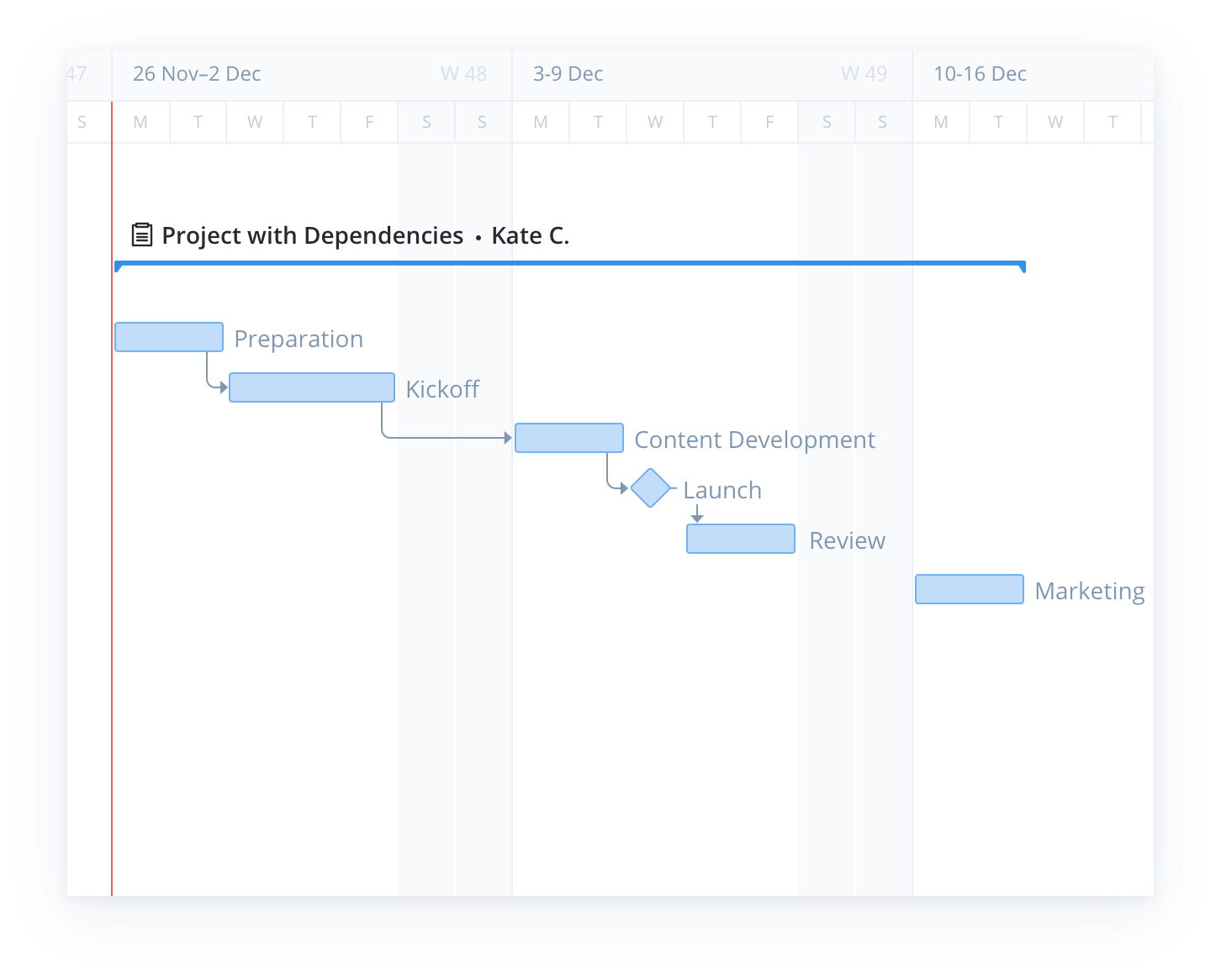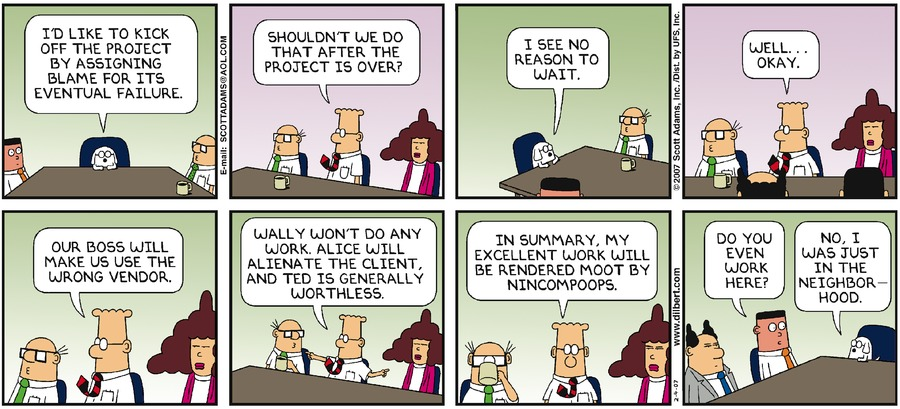Key takeaways:
- What is a key skill in client-facing project management? Adjusting communication styles to suit different personalities is essential for effective collaboration and project success.
- How can visibility help manage ’helicopter’ clients? Using a single source of truth with dashboards allows clients to access real-time project updates, reducing repetitive inquiries.
- What approach works for ’hands-off’ clients? Implementing project templates and questionnaires helps clarify expectations and provides a structured overview without overwhelming them.
- Why is addressing cybersecurity important for ’security-conscious’ clients? Offering secure integrations and documented protocols builds trust and enables flexibility in project management.
- How can project leaders handle ’too many cooks in the kitchen?’ Establishing clear roles and using responsibility frameworks streamline feedback and approval processes to mitigate conflicting inputs.
If you’ve ever opened a Sunday paper and headed straight to the comics section, you’ve no doubt enjoyed the sardonic humor of Dilbert.

And many of us can relate! In client-facing project management, we have to deal with a lot of different personalities. One of the most critical skills we can learn is how to relate to, work with, and leverage the strengths of our team members.
In our eBook “Accelerating Change Management: Getting 7 Personalities On Board,” we highlight a quote from David Rock, author of “Quiet Leadership.”
"Ordering people to change and then telling them how to do it fires the prefrontal cortex’s hair-trigger connection to the amygdala. The more you try to convince people that you’re right and they’re wrong, the more they push back. The brain will try to defend itself from threats."
For professional services leaders, being able to adjust communication styles to meet other personalities doesn’t just end with your team. In order to manage successful projects for clients, you need to be a chameleon. You need to adjust to your client’s style while understanding what is client management, maintaining workflow, and adhering to project management best practices. And that’s not always easy!
Here are four types of client personalities and some actionable strategies to delight them without sacrificing productivity — or your sanity.
The “helicopter” client

The truth is, projects don’t always run smoothly, and many clients have felt the burn before. In our professional services industry work management survey, 97% of respondents reported experiencing project delays to some degree. So if you’ve experienced delays and the anxious clients that can come with them, you’re not alone.
In the same study, we found that a top reason for client churn is a lack of visibility into project status. Whether jaded from previous projects or simply over-interested, your client may flood your inbox with “checking in” emails. If so, you might have a helicopter client on your hands. The biggest challenge with delighting this client is being responsive to update requests without letting it take too much time.
Our survey also revealed that about 60% of respondents spend 1-3 hours updating project statuses, sending update emails, generating status reports, or having update meetings each week — and 11% spend more than 4 hours a week! With helicopter clients, you run the risk of wasting so much valuable time on updates that you never get a chance to actually work.
Delight them with visibility
It’s tough to be proactive when you’re constantly responding to update requests. But using a single source of truth and building visibility into your workflow will be your secret sauce. Depending on your requirements, you can use a project management platform or Excel spreadsheets to visualize tasks and centralize project details.
When asked about what capabilities would have the biggest impact on their business, 1 of the top 3 survey responses was “a dashboard where clients and internal stakeholders can view real-time project progress.” Having a single source of truth establishes a “home base” where clients can find information at the drop of a hat. Look for a tool that has dashboard capabilities that show project task statuses. When you kick off projects, walk clients through the workflow statuses you’ll use, how they’ll be notified of task status changes, and how to access dashboards on the fly.
You have to be strong and consistent in sticking to your guns with this client. Setting a process from the beginning and providing visibility delights anxious or curious clients. However, you also need to ensure that processes and statuses act as the basis of your workflow. That way, your team can provide clients with this visibility without having to do any extra work!
The “hands-off” client
On the opposite side of the spectrum are your “hands-off” clients. They only want high-level information and want you to run the show. Your challenge is keeping them informed without overwhelming them.
While this type of client may trust you to be in charge, their hands-off approach comes with surprising challenges like:
- There’s no clear measure of success
- You’ll get little to no follow-up to your questions, making it hard to stay on top of task due dates and align with their vision
- Your team will waste time trying to track down information
- Questions from client executives will cue fire drills that take your team out of the flow to get the client answers
- Without a real sense of ownership on their end, the review and approvals process can feel like a ghost town
When projects are delayed, frustration and suspicion can quickly arise because the client doesn’t fully understand the scope. Our survey showed that one of the top reasons for customer churn is communication difficulties or delays. The top reasons for delays? Waiting for client feedback. If this is a challenge you face, you probably have “hands-off” clients on your hands.
Delight them with a project map
A “hands-off” client wants to follow your lead, so put on your safari hat and get ready to be the ultimate guide to their project jungle.
Start your project journey with a questionnaire that gathers all the needed project information. For example, at Wrike, this comes in the form of a dynamic request form. Teams create a form that triggers specific questions based on responses. Questionnaire forms help the “hands-off” client think through their needs so you can set expectations from the beginning.
You don’t need a project management tool to execute this, either. You can list preset questions for different projects in a Google form, spreadsheet, or document.
If you’re like most teams, many of your projects follow similar paths. Just like guides use a map to help explorers visualize their journey, you’ll want to create a project template with consistent steps, workflow statuses, and ways of notifying stakeholders when projects move.
Now that you know from your questionnaire what the project requirements are, kick off the project with a template that clearly states when you’ll deliver work and when you’ll need their feedback. Make it easy for them to digest all this information with a Gantt chart project view.

The “security-conscious” client
Between March 2017 and March 2018, there were 2,216 data breaches and more than 53,000 cybersecurity incidents reported in 65 countries. Those numbers are only expected to grow in 2019. As data breaches are on the rise, clients are becoming more careful about how and where they share their information.
In our survey of the professional services industry, 60% of respondents reported that data security concerns keep them from being flexible and building better relationships with customers. They also said that the ability to balance security compliance with client visibility was one of the capabilities that would have the biggest positive impact on their team.
The “security-conscious” client will be hesitant about providing you with all the details you need to succeed. They also might want to work within their own collaboration systems, which takes your team out of their normal workflow.
Delight them with integrations, capabilities, and documented protocols
In a recent Wrike article called “Security: The New Competitive Advantage for Professional Services Teams,” we cover 3 ways your team can easily add security measurements into your flow that will delight these customers. Read the article for full details, but on a high level, those capabilities are:
- Offer flexible and secure ways for clients or external stakeholders to provide feedback and approvals.
- Establish project folder permissions that can limit visibility into task information both internally and externally.
- Don’t be scared of the cloud! Use it to stay flexible and meet clients’ security requirements while preserving visibility and collaboration.
In order to be flexible for your “security conscious” clients, you’ll want a project management tool that can securely integrate into other tools like Slack, DAM, CRM, and more. Delight these clients by taking the time to document your security capabilities and integrations.
Offering a secure work management platform provides you and your clients a safe space to create winning strategies. No matter what work management tool you choose, make sure it helps you both manage client projects and provide industry-leading protection for full collaboration.
The “too many cooks in the kitchen” client

We’ve all been there, in the middle of a project, waiting for feedback, and it seems that Harry, Sally, Betty, Doug, and Frank all have conflicting opinions. According to our survey, 21% of teams struggle with consolidating feedback and communication across email threads, spreadsheets, etc., and the #1 reason for project delays is last-minute changes to requirements followed by delays due to conflicting priorities. We all know how challenging group work can be. With different personalities, drives, and goals involved, it’s hard for project leaders to make everyone happy.
A common scene could look like this: You’re a creative agency and just finished the first draft of promotional assets for your client. You send the assets via email to all the stakeholders. One by one, emails come back with feedback. Some “reply all,” some reply only to the sender, some even forward the design to a separate stakeholder, and one pings you on Slack with their thoughts. In no time, you have iterations floating around with conflicting feedback to sort through.
Delight them with structure and frameworks
With “too many cooks in the kitchen” clients, you’ll encounter the biggest challenges around task ownership, requirement changes, and difficulties in the approvals process.
Before project kickoff, always determine roles and responsibilities. Using responsibility frameworks like RACI, RAPID, or DACI provides structure to the group. Here’s an example of what a breakdown of a RACI responsibility framework would look like:

Giving stakeholders ownership and defining roles keeps the whole team focused as the project progresses. Your team should leverage these frameworks in order to professionally keep clients on track and in check when an “informed” member tries to overstep their boundaries.
Once you have clear roles, establish how you’ll manage the biggest hurdle for this client: proofing and approvals.
At Wrike, our project leaders use Wrike Proof. When they need feedback on an asset like an email, they upload it into Wrike, where they can assign stakeholders to provide feedback. Reviewers digitally mark up the asset so all stakeholders can see comments in real time. This breaks down communication silos and streamlines the actions needed to get that final approval.
You can achieve this with your existing tools by clearly defining who you want feedback from, how you want it, and when it’s due.
Become a client chameleon
Although laughter can be the best remedy when dealing with stressful situations, there’s no reason your work life should feel like a Dilbert comic. Understanding how to delight different client personalities and working styles will set you apart from the competition and keep clients coming back again and again.
In order to scale these tactics, though, you need to weave project management best practices into your workflow consistently. 17,500+ businesses are leveraging Wrike’s collaborative work management platform to help them delight clients while building highly productive workflows.
Want to get started today? Here’s a free two-week trial of Wrike.




